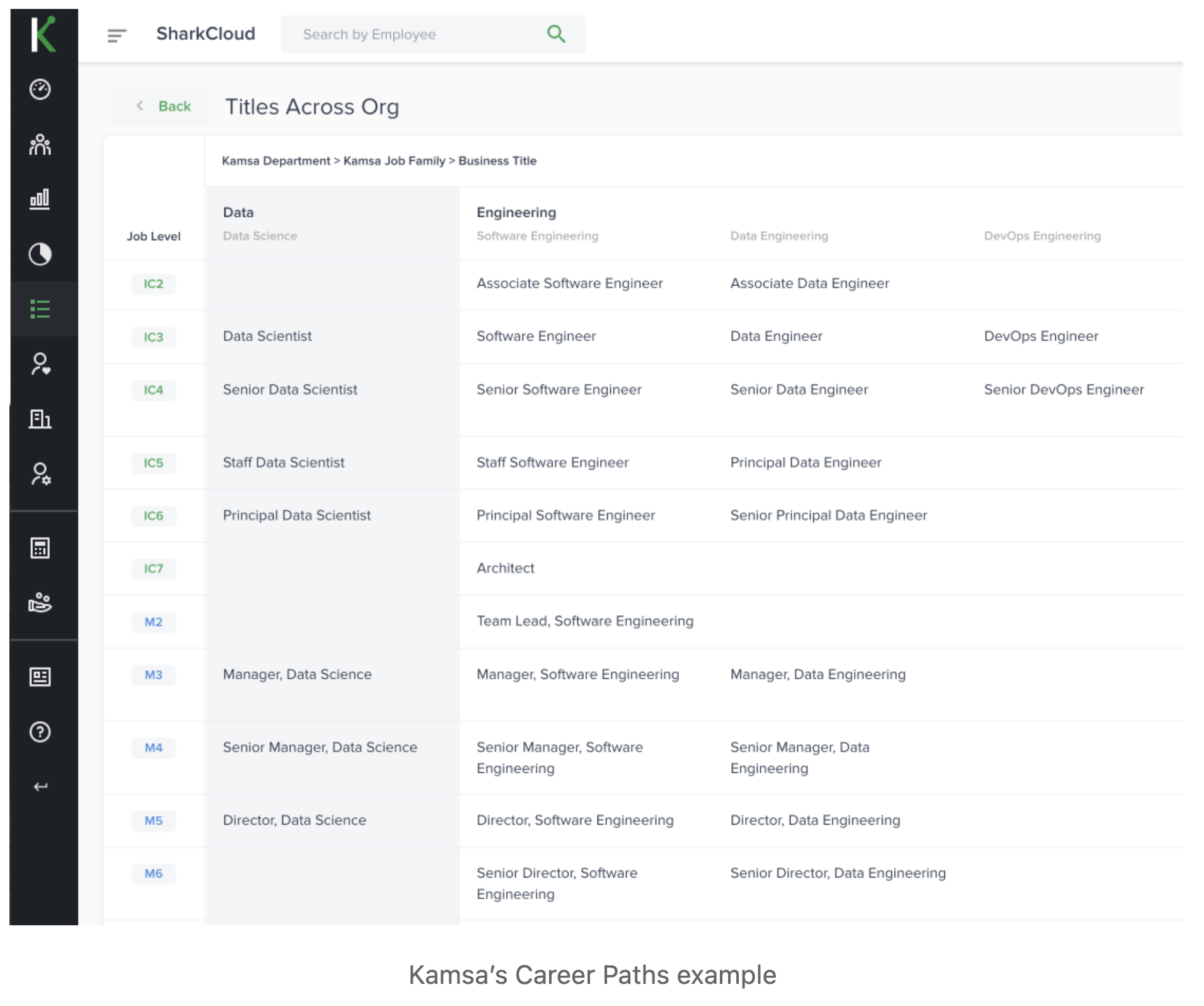
How Compensation Committees Are Evolving
Compensation committees have traditionally focused on executive pay. However, the landscape is shifting. Recognizing their most valuable asset – its people – companies are expanding the Compensation Committee's role to encompass a broader people and talent strategy.
A recent study By HR Policy Association (HRPA)’s Center on Executive Compensation found that a significant portion, approximately 67% of companies, have expanded the scope of their Compensation Committee's charter, where the committee's objectives, authority, and processes now encompass more than just executive compensation.
Below are factors driving this change:
- Investor Focus - Investors are increasingly interested in a company's talent strategy. They want to know how the company is attracting, retaining, and developing top talent. A strong talent pipeline is seen as a key driver of long-term business success.
- Rise of Stakeholder Capitalism - Companies are acknowledging their responsibility to a broader range of stakeholders, not just shareholders. This means considering employee well-being, social impact, and long-term sustainability.
- Regulatory Pressure - The SEC might soon mandate human capital disclosures, requiring boards to have a committee overseeing these metrics.
- External Events - Social justice movements and the COVID-19 pandemic have highlighted the importance of a strong talent pipeline and an empathetic leadership.
The new areas Compensation Committees are overseeing include:
-
Talent Management & Succession Planning: More and more compensation committees are focused on ensuring strong pipelines for leadership positions below the C-Suite. Whether it’s honing in on top talent, it’s becoming crucial for organizations to keep a close eye on statistics around hiring, retention, promotions and diversity.
a. Example A: The use of an “HR Dashboard” that includes progress on metrics related to diversity and inclusion goals, employee engagement & wellness survey result scores.
b. Example B: Identify and review requirements of critical roles and the potential impact on the talent pipeline. Does the company have the development plans to meet the needs?
More organizations are finding it critical to create and maintain clear career paths with defined job levels that help develop employees’ skill sets.

- Diversity, Equity & Inclusion (DEI): Monitoring progress on DEI goals and initiatives including, representation in leadership positions, promotion rates by demographics, pay equity analysis results, and employee engagement survey data on diversity and inclusion.
- Culture & Employee Engagement: Understanding employee sentiment and fostering a positive work environment. It’s proven that engaged employees are more productive and less likely to leave the company.
- People Metrics: Tracking key metrics related to the workforce, such as performance, engagement, and retention. These metrics can be used to identify areas for improvement and measure the effectiveness of people related initiatives.
- Other emerging topics: Pay equity, re-skilling programs, and employee safety & wellbeing.
Compensation Committees are playing this broader role in supporting companies with attracting, retaining, and developing top talent. Their vital role will lead to improved business performance and long-term shareholder value.
Kamsa Partners with Compensation Committees
Kamsa’s solutions equips People teams to craft and refresh compensation programs aligned to their latest business needs by:
- Developing Career Paths: Build a transparent career and growth tracks and job leveling structure for employees across the organization to retain top talent.
- Making Data-Driven Pay Decisions: Provide access to our proprietary real-time compensation data to offer & market trends insights to inform salary and equity decisions.
- Doing Pay Transparency Right: Kamsa partners with you to ensure compliance with pay transparency regulations + customizes the level of transparency that aligns with your company’s unique goals and culture.


